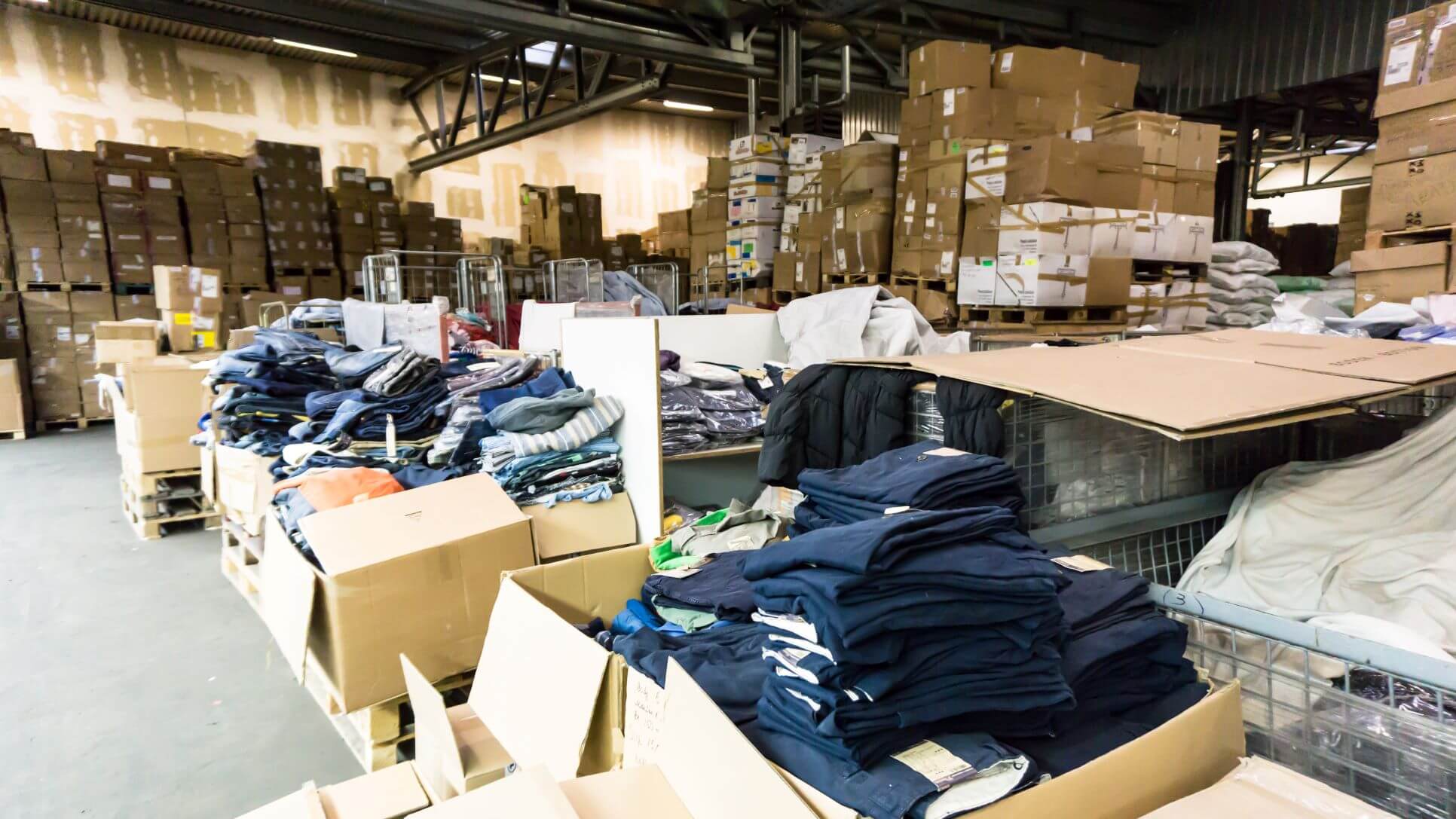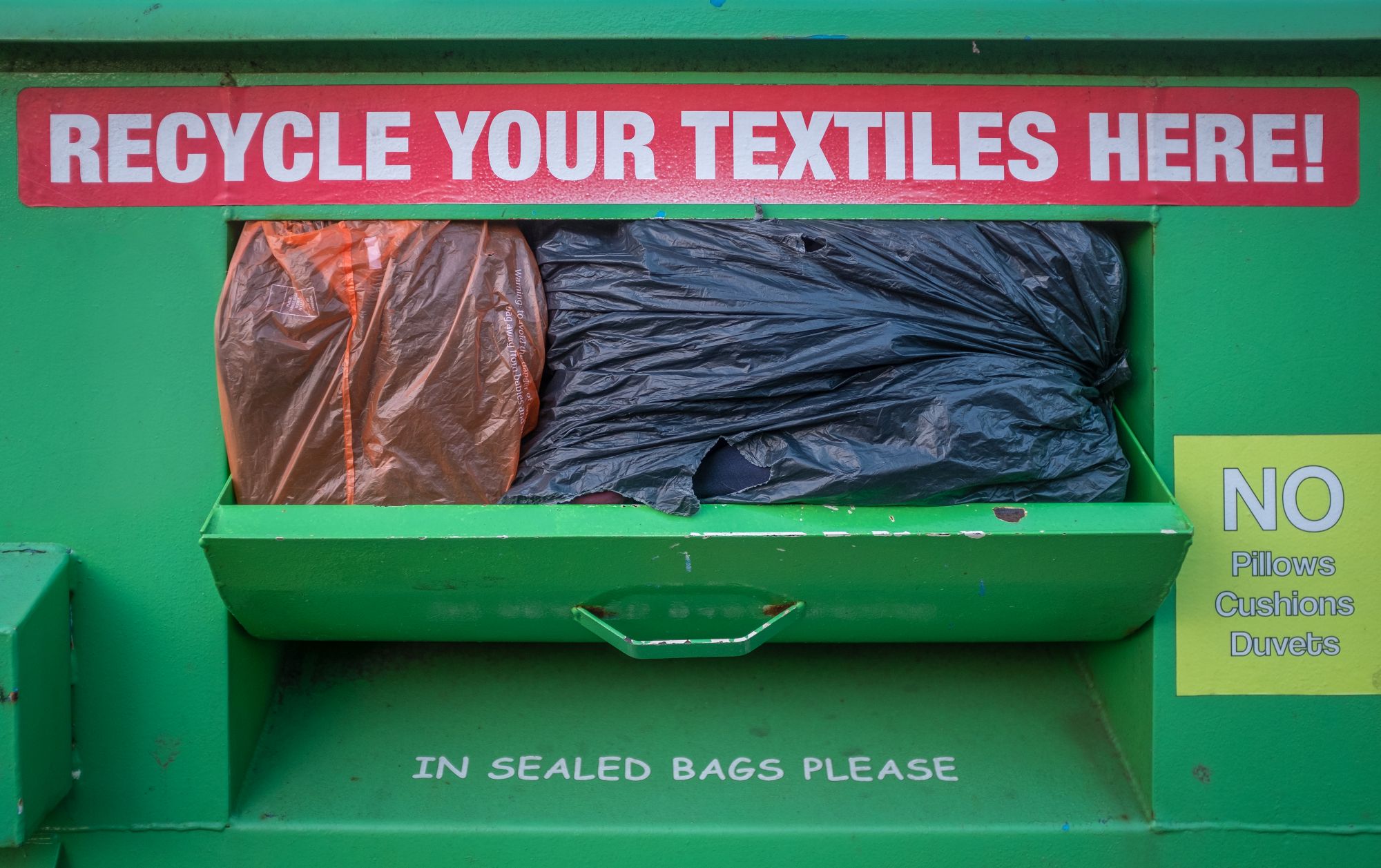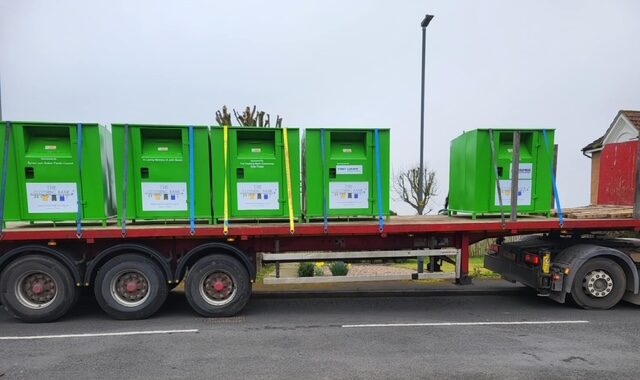Where does unsold clothing stock actually go?
Each year, the UK adult population spends an estimated £4 billion on clothing, with around 5% of British households’ expenditures going towards clothing and footwear (2022).
Yet, despite this mass consumption of clothes, 30% of global retail stock goes unsold each year, with an astounding 99% UK retailers losing at least £10,000 of revenue due to unsold stock each quarter.
At The Clothing Bank, however, we don’t meet the people buying these clothes. We see the other side of the coin, meeting people across Yorkshire and the UK who aren’t part of this cycle of consumption, but left behind in a world where clothes have become unaffordable and inaccessible.
With so much waste generated by the UK’s greed for more, it poses the question: Where does it all go? And, could it be put to better use, in the hands of someone in need?
Unfortunately, most unsold retail stock goes to landfill
One of the main ways that retailers dispose of their unsold stock is by sending it to landfill sites across the world.
About 30% of the UK’s unwanted clothes go to landfill, with Brits throwing 300,000 tonnes worth of clothes into the bin every single year. Meanwhile, less than a fifth of our preloved clothing is ever recycled.
For retailers, it’s often deemed more cost-effective to send their unused stock to landfill, rather than sending it to recycling, nicknaming their un-moved stock as ‘deadstock’ – despite its quality being perfectly fine.
If not landfill, then incineration comes next
Whilst 57% of the world’s clothing goes to landfill, 25% is incinerated.
Back in 2017, H&M was revealed to have been burning 12 tons of unsold clothing every year since 2013. This is, sadly, the case for many other retailers both here in the UK and across the world.
As landfills begin to become busier and busier with the world’s ever-increasing amount of waste, retailers choose to burn their deadstock whilst filling their warehouses with the next season’s.
Again, this is another cost-cutting approach to disposal, at the expense of releasing toxic fumes to our environment on a mass scale.
Discounts, sales and upcycling
Often, retailers do list their unsold stock under their sales line, offering consumers another chance to buy them at a discounted price.
Whilst this is a positive approach to extending the lifetime of clothing, these sales don’t last forever, and most of what’s left over eventually ends up in landfill or incineration.
In recent years, thanks to the rise in consumers’ interest in sustainability, retailers have also started to come out with new ‘upcycled’ lines of clothing. These lines are often vintage, pre-owned, recycled or unsold clothing items – some of which include unsold stock that’s been remade into new items.
These eco-friendly clothing lines, although a positive shift in retailers’ approach to sustainable clothing, still prove problematic:
“Many brands often peddle claims of recycling and reusing textiles by championing their recycled polyester collections, but, in fact, these garments are not “circular” because they are made from recycled plastic bottles – not textiles
(BBC: Can clothes ever be fully recycled?)
So, why not donate?
Despite a 2019 survey that showed more than half of Britons would shop elsewhere if a retailer was throwing away surplus stock rather than giving it to charity, retailers still only donate a tiny fraction of their excess stock to people in need.
At The Clothing Bank, we see just how many people are struggling to clothe themselves and their families – every single day. As household bills rise, adequate clothing is becoming an expense that some people in the UK just simply cannot afford.
We want to change this, and we believe that UK retailers lay at the heart of how we do so – if only they wanted to.
Not only would donating retail stock be a better recycling initiative, cutting the costs of remaking, selling and shipping, but it would also showcase a real brand dedication to sustainability and community support.
Our latest campaign aims to call out UK retailers to donate their excess stock. Visit our donation page to see how you can get involved.




